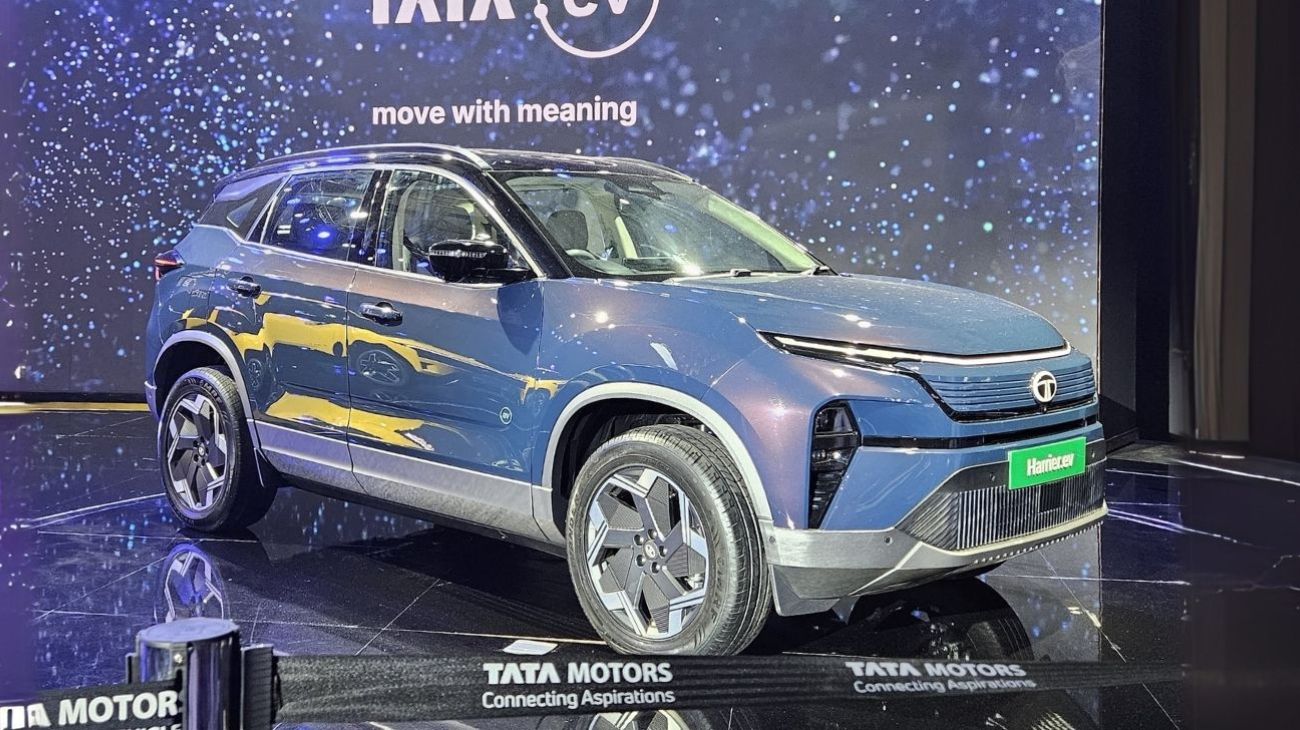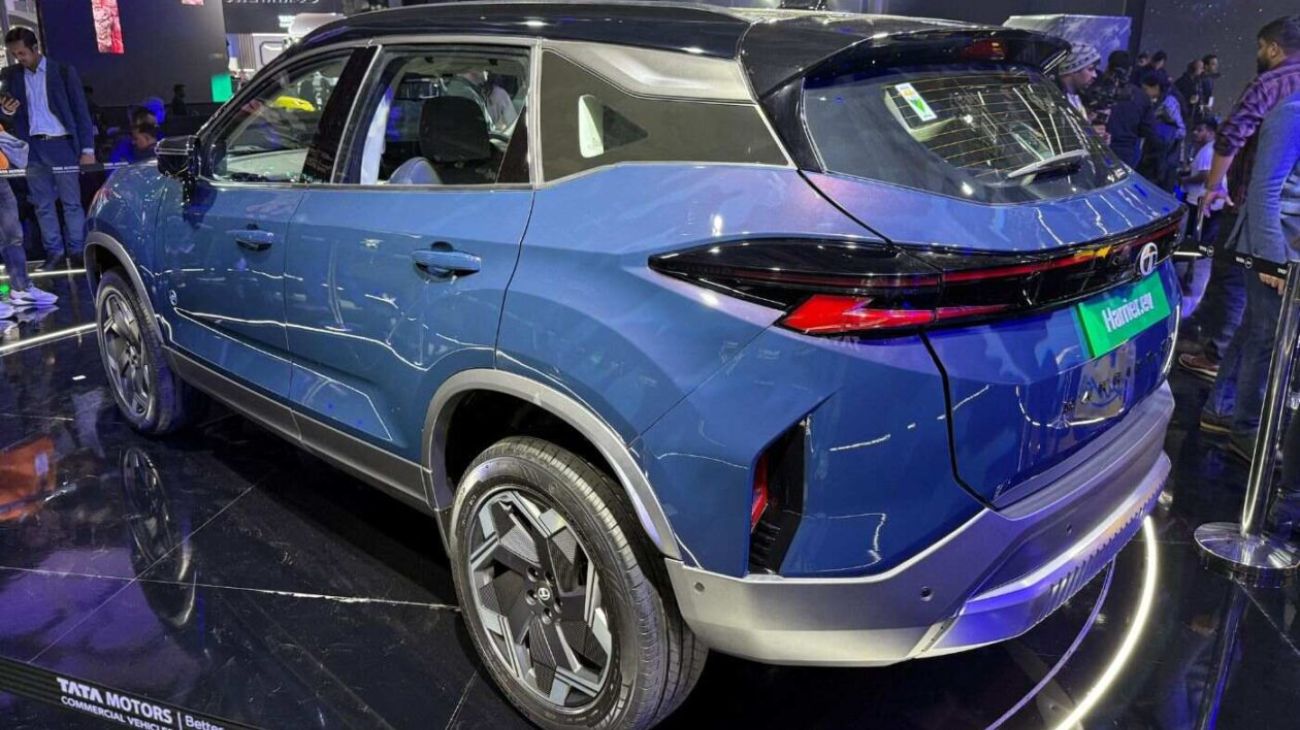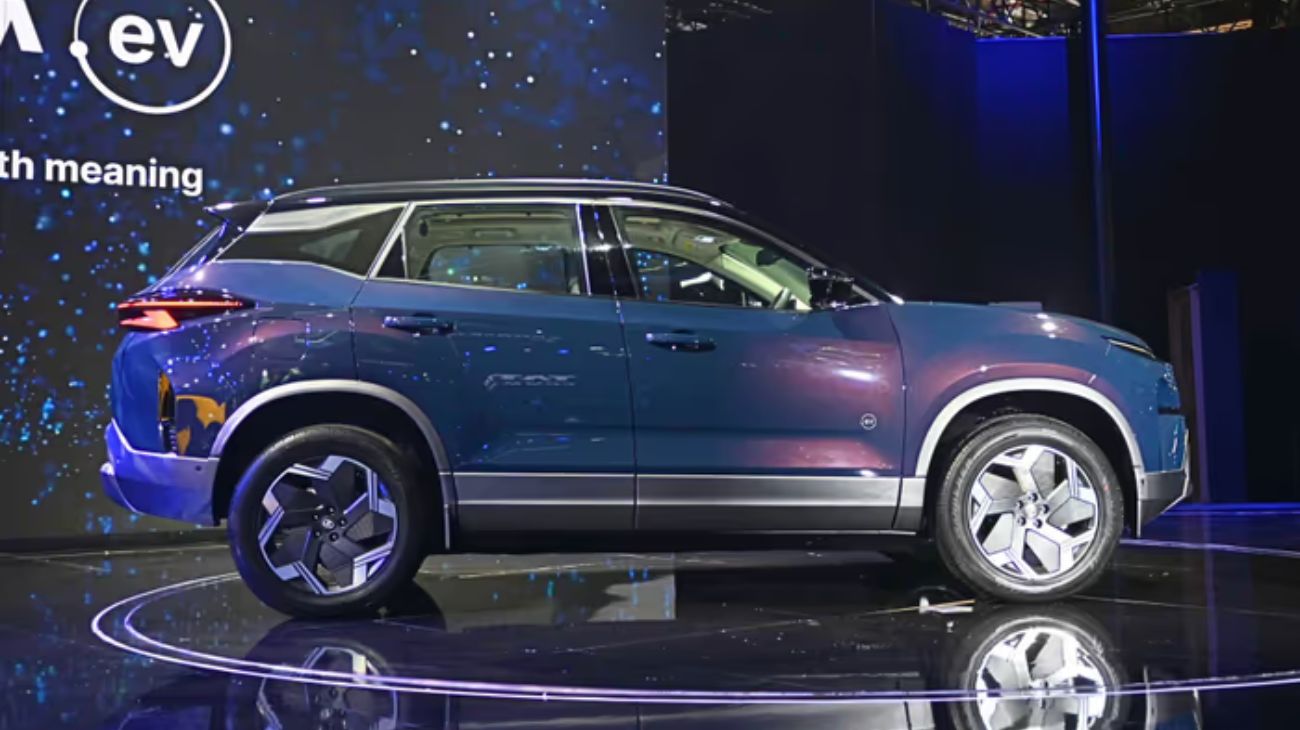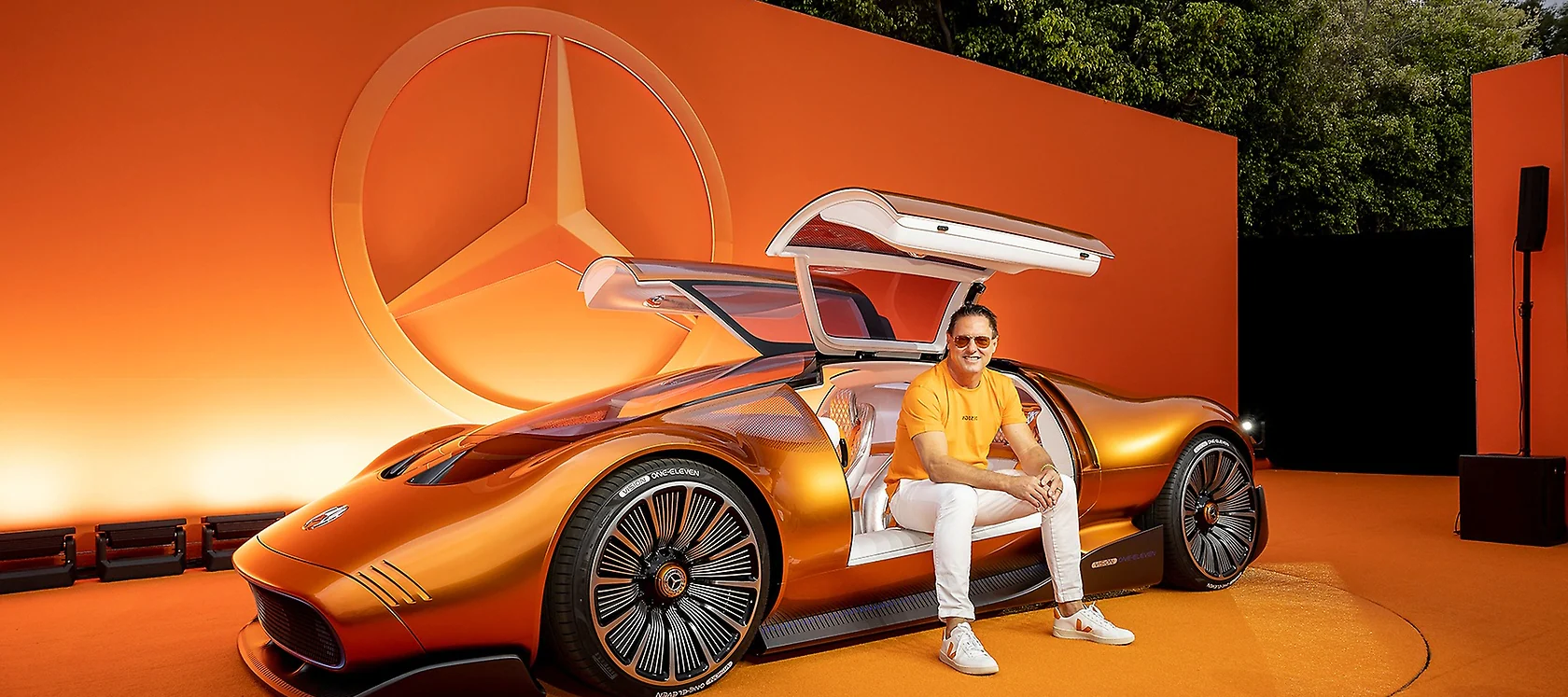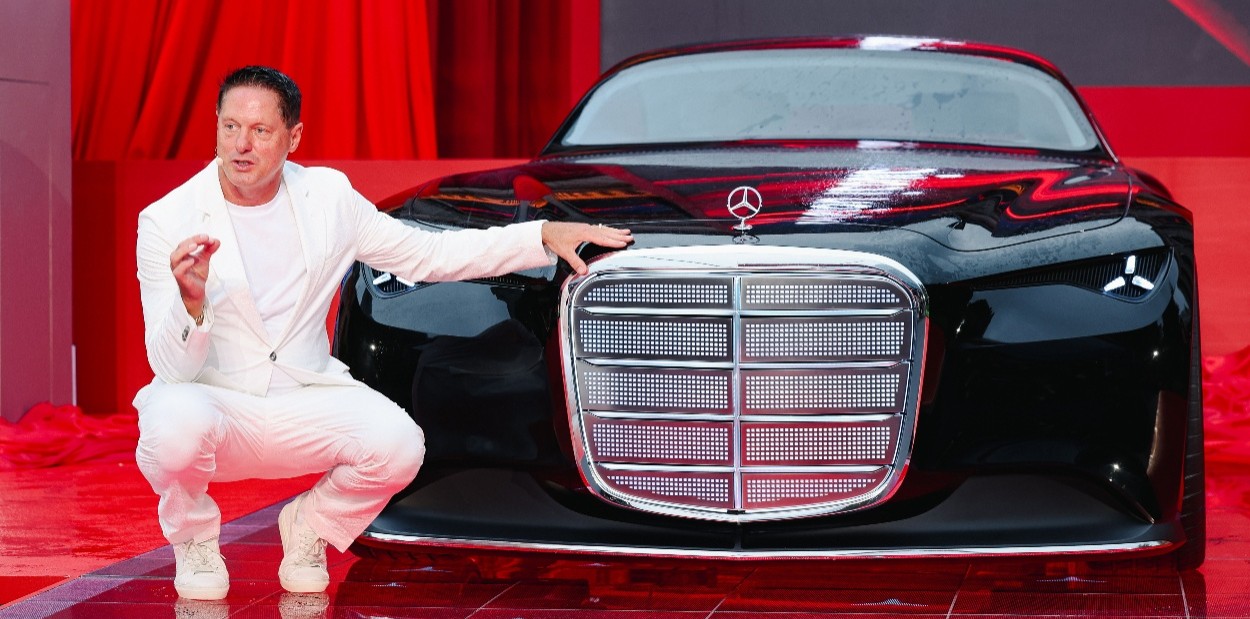The Tata Harrier EV is set to launch on June 3, 2025, and it's one of the most anticipated electric vehicles from the Indian automaker. Having been showcased at previous expos and even demonstrating its capabilities, the Harrier EV is finally making its debut after the Tata Altroz facelift. Here's a detailed look at what to expect from the upcoming launch.
Exterior: Subtle Yet Significant EV Cues
Visually, the Harrier EV will largely retain the design language of the current facelifted Harrier ICE (Internal Combustion Engine) model. For the casual observer, the differences will be minimal. The most notable distinction lies at the front, where the grille will feature unique chrome elements, similar to the differentiation seen between the Curvv ICE and Curvv EV. The lower bumper will also integrate the radar for its ADAS (Advanced Driver-Assistance Systems) suite.
Beyond these changes, the "Harrier.ev" badging on the front door panels and the rear tailgate will be the primary indicators of its electric powertrain. Staying true to Tata's EV design philosophy, a connected light bar at the front will double as a charge indicator when plugged in, while a similar light bar at the rear will follow current automotive trends. The rear also features a silver skid-plate-like panel, a roof-mounted spoiler, and a shark-fin antenna for added style. Expect the Harrier EV to be equipped with aerodynamically efficient alloy wheels.
Interior: Enhanced Digital Experience
Inside, the major differences will be in the user interface of the 12.3-inch infotainment system and the 10.25-inch digital driver's display. Both will feature Tata's "Arcade.ev" platform, offering EV-specific functionalities alongside entertainment features like streaming and gaming. The system will also support Over-the-Air (OTA) updates and provide wireless Android Auto and Apple CarPlay connectivity.
Technology: All-Wheel Drive and "Summon Mode"
A significant technological leap for the Harrier EV will be its all-wheel drive (AWD) capability. Unlike the Harrier and Safari ICE versions, which are limited to front-wheel drive due to platform constraints and cost, the Harrier EV is built on the modified Acti.ev (Gen 2) platform. This next-generation platform opens up the possibility for AWD, and we anticipate a dual-motor setup with a motor on each axle.
A standout feature expected to be a crowd-puller is the "Summon Mode." This function will allow users to move the SUV forward or backwards using only the key fob, offering convenience in tight spaces.
While exact battery capacity and motor specifications are yet to be revealed, the Tata Harrier EV is expected to deliver a robust 500 Nm of torque and an impressive 500 km of range under Tata's C75 test cycle. These figures, combined with its advanced features and all-wheel drive, position the Harrier EV as a strong contender in the electric SUV segment.

